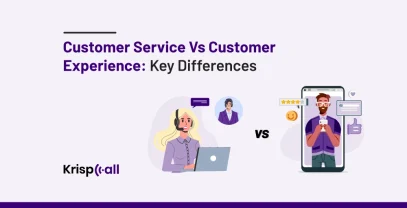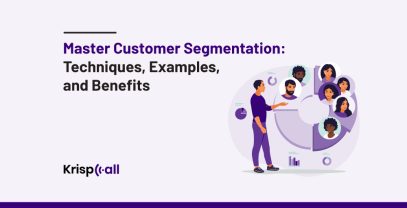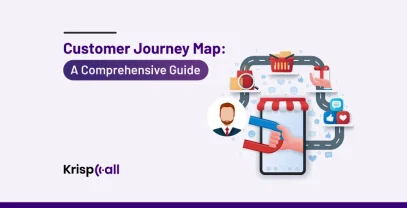Are you having difficulties in handling a customer complaint? Do you fail to deliver an instant solution to the customer? Then, this means you are unable to handle customer complaints professionally. 🤔
In today’s customer-centric business era, delivering high-quality customer service is a top business priority.
Research shows that 88% of customers say the experience a company provides is as important as its product or services. 💡
So, handling the customers’ complaints and delivering better customer satisfaction has been a prior job for modern businesses.
So, let’s dig into the blog and understand how to handle customer complaints efficiently!! 👇
What are customer complaints?
Customer complaints are the negative feedback or dissatisfaction customers express about a business’s products, services, or overall experience. A customer complaint often indicates a mismatch between the customer’s expectations and the service the business delivers.

Customer complaints occur when the customer’s expectations do not match the actual service they receive. Several factors, like poor communication, inadequate training, or inadequate resources, can cause this mismatch.
Some of the customer complaint examples include product defects, inadequate customer service, low-quality services, poor calling experiences, billing errors, delays, or any other issue that does not meet their expectations.
What are the reasons for customer complaints?
Customers might be unsatisfied with several factors, so there might be several reasons for customer complaints, and they may be due to:
- Poor Customer Service (Unreliable, unresponsive, and unhelpful customer service representative.)
- Service Quality issue
- Product Quality issue
- Misleading Advertisement
- Billing and pricing issue
- Miscommunication
- Poor communication channel
- Ineffective Problem Resolution
- Shipping and delivery problems
- Refunds and return policies
10 Strategies to Handle Customer Complains Like Pro in 2024
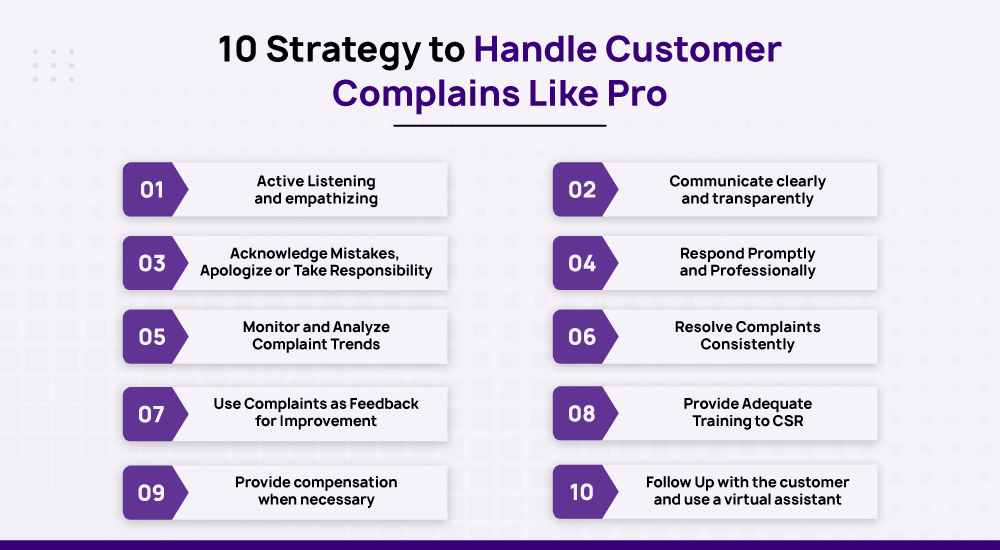
There are several strategies you can use to fix customer complaints, and you can handle them like a pro if you follow these steps:
1. Active Listening and empathizing
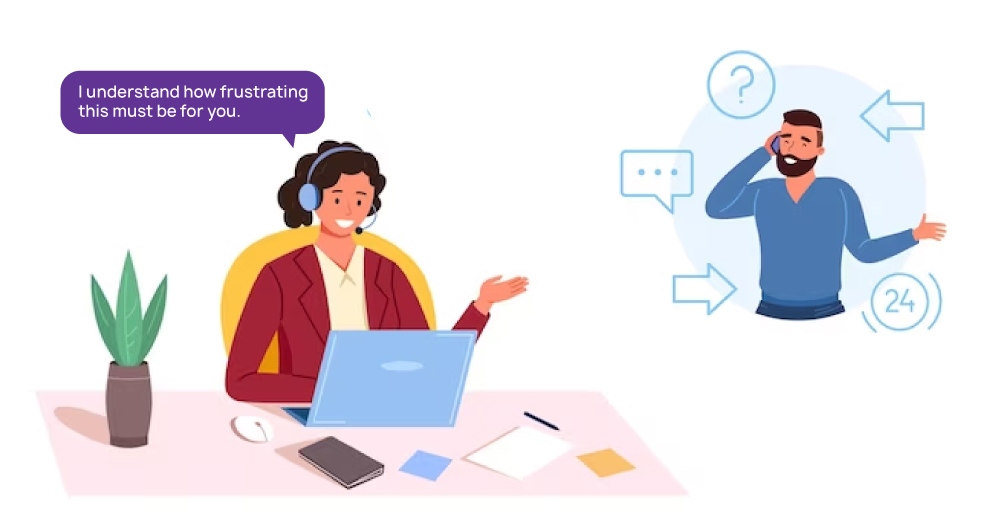
Nothing makes customers feel more valued than being heard. Pay close attention to the customer’s concerns without interrupting. Allow customers to express their issues and complaints, listen actively, try to figure out a quick and reliable solution to the issue, and respond promptly.
Also, avoid interrupting or jumping to conclusions; give them your undivided attention and try troubleshooting their issues as soon as possible. Show empathy to customers by acknowledging their feelings and frustrations. Resolve the complaint by taking ownership and responsibility. Make sure the complaint is resolved promptly, and ensure you follow up to satisfy the customer.
Using prompts such as “I understand how frustrating this must be for you” can help diffuse tension, demonstrate professionalism, and handle customer complaints like a pro.
2. Communicate clearly and transparently
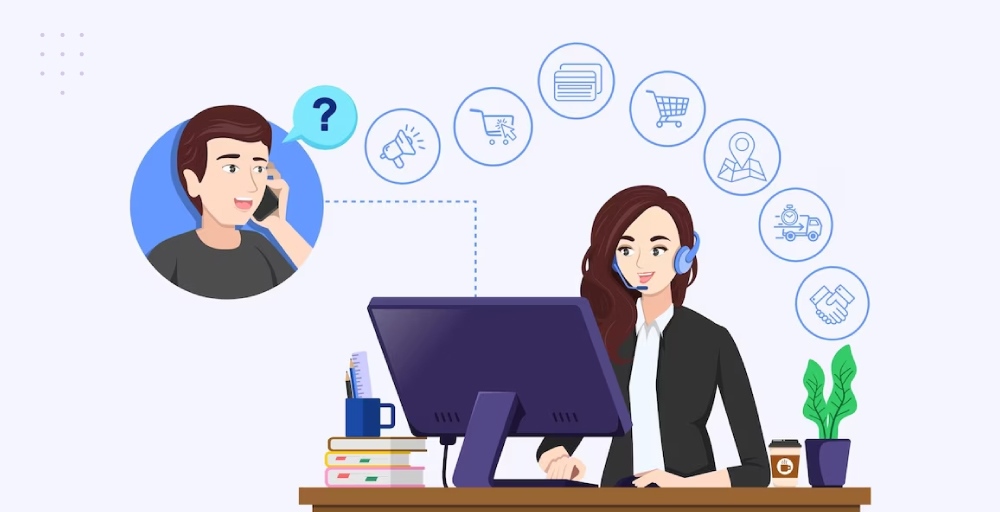
Effective communication is crucial to complaint resolution. Communicate effectively with the customer, address the issues, and provide necessary support/assistance. Keep updating your customers throughout the process, letting them know how their complaints will be addressed.
Transparency and being open with the customer are the keys to successful communication. Avoid making false promises and keep clarity in your communication to build customer trust, prioritize customer needs, and provide immediate solutions.
3. Acknowledge Mistakes, Apologize or Take Responsibility
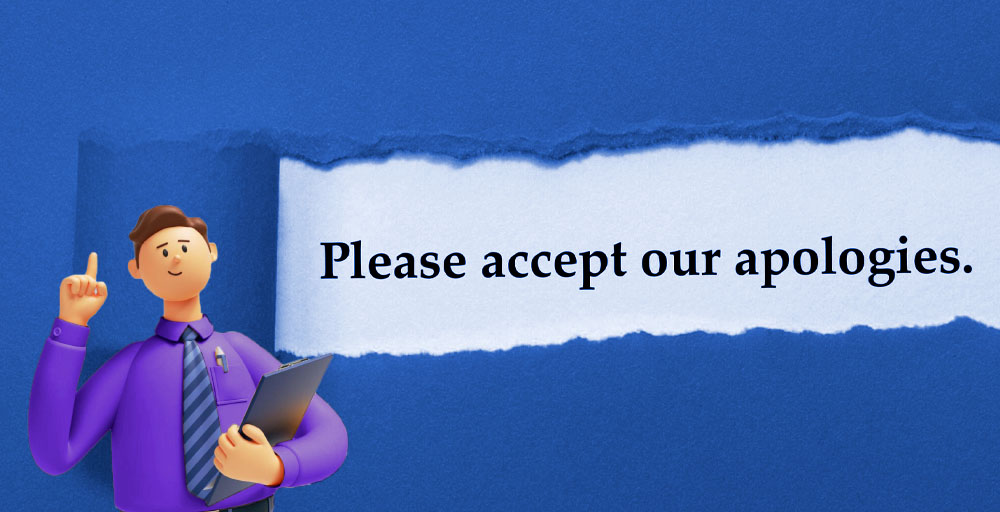
To handle customer complaints like a pro, an agent must be able to acknowledge mistakes, take responsibility for the issue, and apologize when necessary to demonstrate professionalism and create a positive environment in the conversation. This will demonstrate integrity and willingness to solve the customers’ problems.
Sometimes, a sincere apology can turn a negative customer experience into a positive one. Your apology will also demonstrate empathy and a commitment to fixing the problem, creating a lasting impression.
Note: (Personalized responses are preferable to generic or automated ones; address the customer’s specific concerns.)
4. Respond Promptly and Professionally
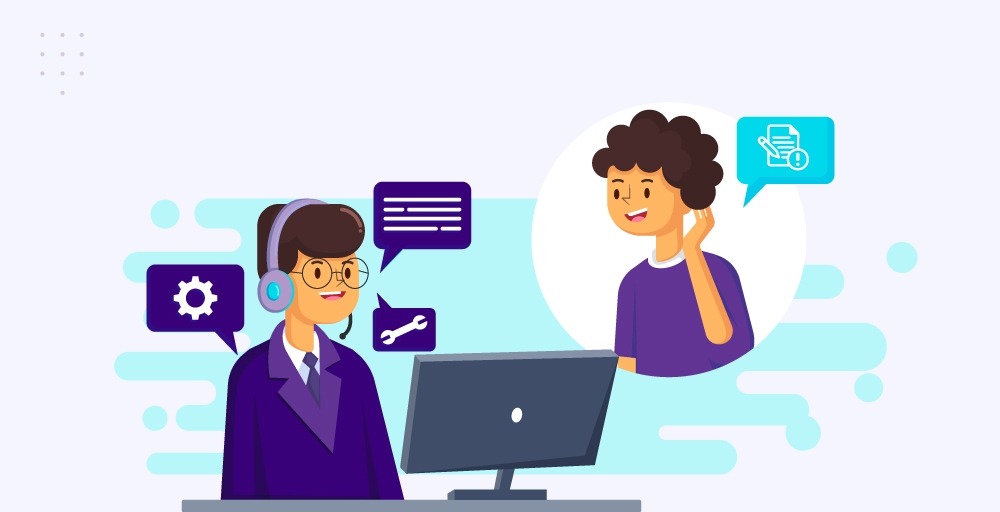
Demonstrate professionalism by responding to customer complaints instantly. Avoid showing emotions like anger, frustration, or grief to the customer’s complaint, and listen to their complaint calmly with a polite tone with a quick and immediate solution.
Since 1 in 6, a customer walks away from a purchase due to a bad customer experience, avoid leaving customers hanging or making them wait for a reply and provide an instant solution. Furthermore, it shows that you are committed to resolving the issue and demonstrate professionalism.
Avoid using jargon or technical language that could further confuse or frustrate customers. And stay respectful and polite, no matter how heated the complaint may be.
5. Monitor and Analyze Complaint Trends
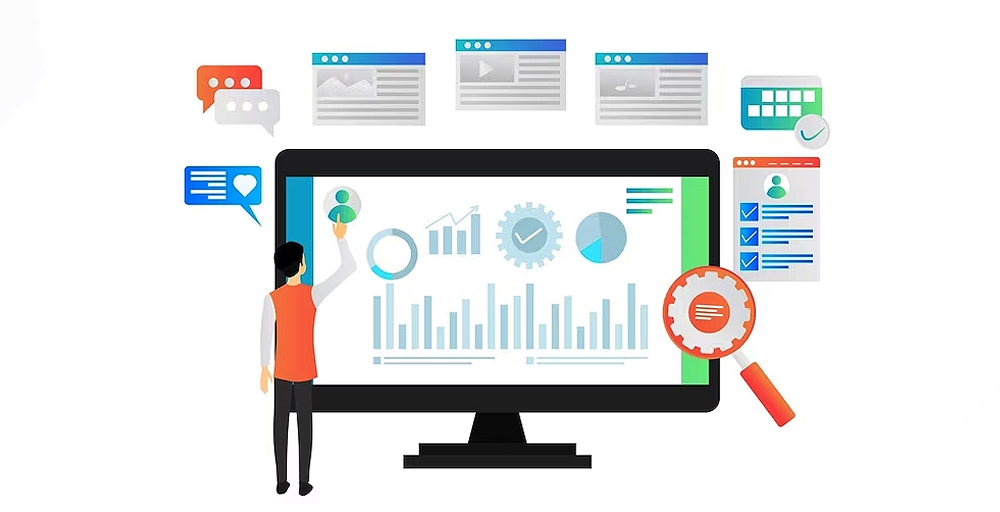
Sometimes, customers have repeated complaints about a service or product. To handle customer complaints like a pro, monitor and analyze complaint trends to stay ahead of potential issues and improve your services continuously.
Also, consider Implementing a robust system to categorize and track customer complaints. This will allow you to identify the most frequently occurring problems and resolve the issue quickly.
Addressing the root cause of the complaint can prevent future complaints and create a more customer-centric business. This will help businesses to provide better customer service and create a positive image of the business.
6. Resolve Complaints Consistently
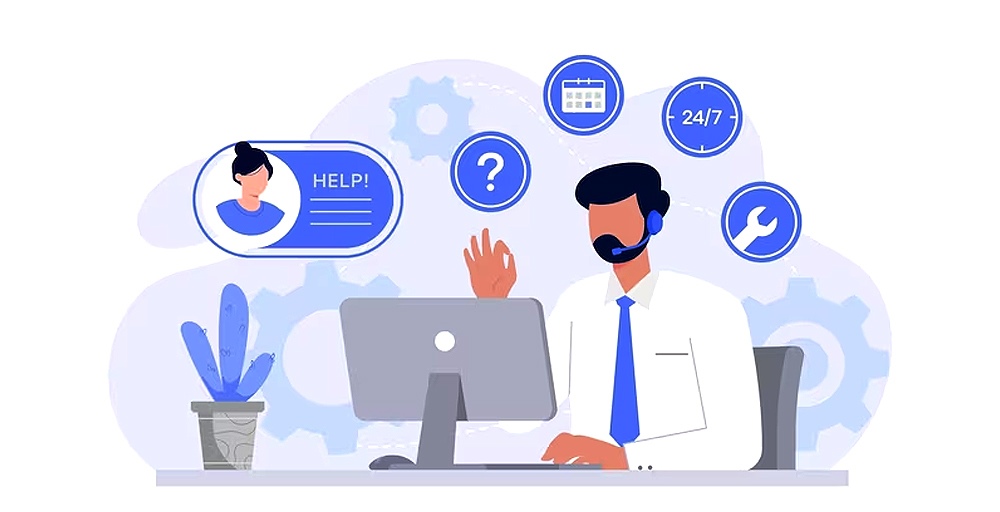
Consistency is the key to better customer service as it builds trust and confidence in your business/brand. The handling of every complaint should be fair and equitable, even if it’s product issues, service issues, or billing disputes. Treat all customers consistently when dealing with complaints.
Furthermore, make sure you provide adequate training to your customer service team so that the team can analyze complaints objectively and provide appropriate solutions consistent with the company’s values.
7. Use Complaints as Feedback for Improvement

Pay close attention to your customer complaints, and common and repeated issues reported by the customers. Use these complaints as genuine feedback or areas of improvement.
You can turn the complaints into opportunities for growth and improvements that can enhance your products, services, and overall customer experience. Responding to customer complaints promptly helps businesses build customer loyalty and trust.
8. Provide adequate training to Customer Service Representatives

Since customer service representatives handle complaints on the front line, providing adequate training and empowerment is crucial to handle the customer promptly. So, consider investing in a comprehensive training program that enables your team to handle complaints professionally, empathetically, and effectively.
It is also important to empower them to move quickly and effectively when dealing with complaints by enabling them to make decisions and resolve issues without unnecessary red tape. A well-trained and empowered team significantly impacts customer satisfaction and loyalty, so you must prioritize the development of your team’s skills. Investing in a training program is an effective way to ensure that customers receive high-quality service.
9. Provide compensation or amendments when necessary.

Sometimes, a sincere apology may not fully address a customer’s dissatisfaction. When a complaint is legitimate, consider offering compensation or making amends to show your commitment to customer satisfaction.
Whether it’s a refund, a discount on future purchases, or an upgraded service, compensating appropriately can turn a negative experience into a positive one and leave a lasting positive impression on your customers.
10. Follow Up with the customer and use a virtual assistant

Since 93% of customers are likely to make repeat purchases with companies that offer excellent customer service, make sure you provide the necessary assistance before and after purchasing a product or service delivery.
This will help businesses demonstrate professionalism, create a better brand image, and enhance customer loyalty.
Don’t hang up the calls; if suddenly the line cuts off, call back the customer and make them feel that you are concerned about their issues and ready to resolve them. Try to see and reply to every customer query and issue on different social media platforms.
You can also use a virtual assistant to monitor customer complaints on social media and online platforms and communicate customer queries in different languages, showcasing your dedication to excellent customer service in the public eye.
What are the common types of customer complaints?
Customer complaints express customer dissatisfaction regarding expected service and actual service provided by the company.
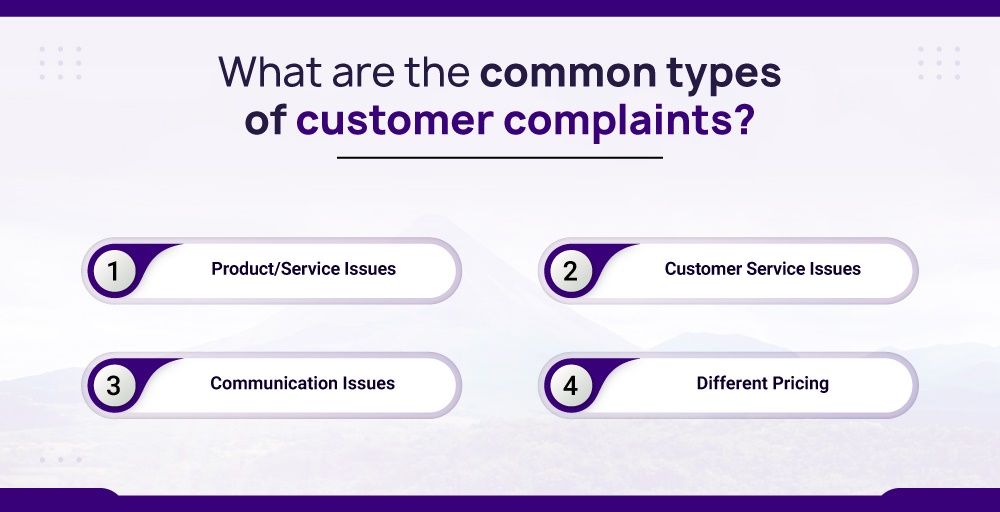
In most cases, customer feedback is communicated directly to a business via email, a survey, in person, or a feedback form. Since social media platforms have more reach today, customers are more likely to express their dissatisfaction on social media, community forums, and online review sites.
The following are some common types of customer complaints businesses receive:
1. Product/Service Issues
Most of the customer complaints are either price-related or service-related. It’s the dissatisfaction of customers regarding the products and services they offer. Some of the product/service-related complaints are:
- Defective products: This complaint occurred when the company could not deliver the product as they advertised on the market. They include defects, poor quality, or unsatisfactory performance.
- Unreliable service/performance: This refers to the customer’s dissatisfaction with the quality of service, support, and reliability of the service. This could include a wide range of issues, such as missed appointments, unreliable performance, and inconsistent customer service.
- Billing errors: Customers may complain about incorrect charges, hidden charges, unclear pricing, or unexpected charges.
2. Customer Service Issues
Every customer expects proper assistance and guidance from their customer service representative. Here are some of the customer service issues that customers might complain about when customer support fails to meet their expectations:
- Long wait times: Customers may feel frustrated and unsatisfied when they wait a long time to receive assistance with their issues and queries.
- Unreliable or unhelpful agents: Every customer expects friendly, knowledgeable, and efficient service. Customers tend to complain when their issues are not addressed and guided properly by the agents.
- No first-call solution: Most customers complained when the customer’s issue or concern was not resolved during their initial contact with customer support. Customers get annoyed when they have to call for the same issue again and again repeatedly.
- Lack of follow-up: Customers tend to lose interest or feel unsatisfied or lose a potential customer when they do not follow up with a customer. This can create a bad image of the company and its service.
3. Communication Issues
In some cases, customers might complain about poor communication, causing their service to be disrupted. Some of the issues are:
- Misleading information: Customers complain if you provide inaccurate descriptions, unclear instructions, or hidden terms, which can be a waste of time for customers.
- Poor communication channels: Lack of transparency, automated systems, or impersonal emails may create customer dissatisfaction. This issue results in unhelpful customer service agents, slow response times, or lack of empathy and raises complaints.
- A failure to meet promises: Missed deadlines, broken promises, or undelivered results can seriously damage trust and lead to complaints against the company.
Some other types of customer complaints include:
- Different Pricing: Customers might find prices unfair, confusing, or not offering enough value. Customers might complain about this dissatisfaction with the product or the price they pay.
- Returns and refunds: Customers can face difficulty returning products that don’t meet their expectations when policies are unclear or difficult to understand. Customer dissatisfaction may result from a lack of return or refund policies.
- Shipping and delivery: Delays, damage, or unexpected costs lead to bad customer experience.
Why is it important to address customer complaints?
Customers are the main component of any business. A business is only successful when it is able to satisfy the customer with its product or service address or address the customer’s complaints with a better customer service experience.
Addressing customer’s complaints promptly will create a positive image of the business and allow it to grow more. Here are some of the factors why addressing a customer complaint is important for any business:
- Customer Satisfaction: As customers are the backbone of every organization, satisfying them with their expected services and products helps them attain customer satisfaction and enhance loyalty. It is also important to resolve complaints promptly to improve customer satisfaction and create positive brand perception.
- Brand Image: A brand image is the portfolio of any business. Good customer service and happy customers create a positive brand image for the business and vice versa. The effective resolution of complaints protects the company’s reputation, preventing negative word-of-mouth and online reviews.
- Customer Retention: A good calling experience is key for customer retention. When the customer’s issues are well addressed, and agents provide FCR(First Call Resolution) to solve any issues or complaints of the customer, it helps the business to retain the customer with ease.
- Competitive Advantage: A customer-focused approach contributes to a business’s long-term success and growth. If you can solve and troubleshoot the customer’s complaint well, you will have a better customer base and gain a competitive advantage.
- Continuous Improvement: Identifying and resolving shortcomings in products and services can be accomplished by analyzing complaints. It is important to learn from mistakes and improve the customer experience to avoid complaints.
Useful Tips to Deal with Every Type of Customer Complaint
Different types of customers come with different issues and different moods. Sometimes, customers may be extremely angry or frustrated with the service and product delivered by the company.
But as a customer representative, you have to provide support to maintain good relationships and the reputation of the organization. Here are some useful tips to deal with every type of customer complaint:
- Actively Listen to the complaints and issues of the customer regarding service and products without interrupting.
- Stay calm and composed, and do not demonstrate any emotion to customers.
- Make them feel understood and acknowledge the issue.
- Apologize, take responsibility, and try to solve the complaint promptly.
- Analyze the complaint and provide an instant solution.
- Communicate updates with follow-up
- Request them to provide genuine feedback
- Learn from the feedback and provide training or use new technology if required.
Conclusion
Handling customer complaints efficiently not only results in happy and satisfied customers but also creates a positive and responsible image of the business in the customer’s eyes which will ultimately contribute to the growth of a business.
You can handle customer complaints easily by using strategies like actively listening, communicating clearly, acknowledging mistakes, using complaints as feedback, providing training to customer representatives, and many more.
Also, the best thing you can do is choose a reputable service like KrispCall. Its features like Interactive Voice Response (IVR), Shared Number, and Call Routing minimize dissatisfaction by providing better service, eliminating missed calls, and directing inquiries to appropriate agents.
So, why wait go for a KrispCall and take your customer service to another level.
Book a free KrispCall’s demo now!
FAQ
How to respond to a customer complaint?
To respond to a complaint from a customer, follow these steps:
- The first thing you should do is listen carefully and acknowledge the customer’s complaint.
- Apologize for the inconvenience they are facing. Keeping a calm and polite tone.
- Taking responsibility for your actions.
- Analyze the complaint and try to resolve it as soon as possible.
- Describe the resolution in detail.
- Maintain a professional attitude.
- Follow up.
- Consider taking feedback from the customer.
What is the handling customer complaints procedure?
Here are some procedures for handling customer complaints:
- Acknowledge the complaint.
- Sincerely apologize.
- Take action to make things right and solve their issues instantly.
- Thank them for complaining, receive feedback.
- Document the complaint.
What are the 5 trending tools that help to handle customer complaints?
The top 5 Trending tools that helps to handle customer complaints are:
- KrispCall: Elevate customer satisfaction with top-notch features.
- LiveAgent: Quick customer interactions and the best chat widget.
- Zendesk: Ideal for flexible business needs.
- Freshdesk: Best for its AI capabilities.
- Zoho Desk: Handling a large number of requests.
How to respond to frustrated customer emails?
To respond to the frustrated customer on emails, follow the steps mentioned below:
- First, read the email.
- Try to understand the complaint, problem, and context.
- Acknowledge their problem.
- Offer a sincere apology.
- Provide a solution.
- Avoid offering the same solution twice.



